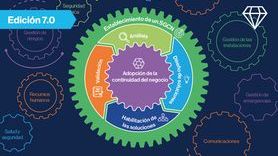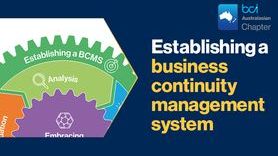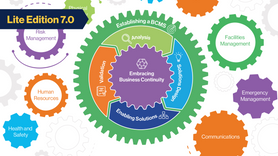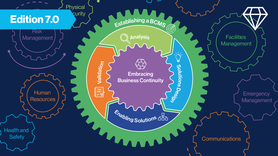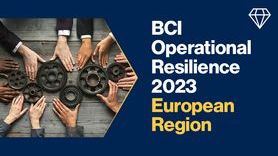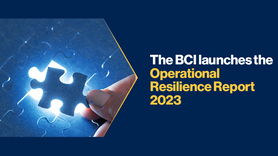Good Practice Guidelines 7.0: A new focus on the Business Continuity Management System
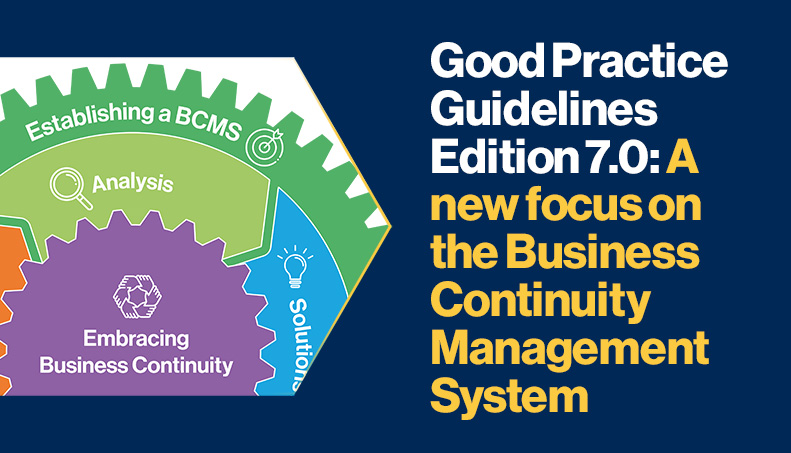
This month, we will be releasing a series of articles highlighting some of the updates to the upcoming BCI Good Practice Guidelines (GPG) Edition 7.0, ahead of its launch on 1st November 2023.
The GPG Edition 7.0 marks the start of a new journey where the document will be reviewed every year. This will mean that the GPG can better reflect the changing practices of the business continuity and resilience industry as they happen.
The new GPG consists of six Professional Practices, split into two management practices and four technical practices, which provide a structure to be used in the development of a Business Continuity Management System. In this article, we will be focusing on a revision which is featured in Professional Practice One (PP1) and influences the refreshed structure of the GPG.
A focus on the Business Continuity Management System
As the business continuity discipline continues to evolve, it calls for a management system which reflects the development of business continuity management. In the GPG 7.0 edition, the previously termed 'Business Continuity Management Lifecycle' has been replaced by the more scalable and holistic term 'Business Continuity Management System'.
In the creation of the Business Continuity Management System, the GPG uses a methodology which has been designed to be applicable to all organizations, regardless of size, industry sector, or geography.
Indeed, each Professional Practice represents a building block in the development of a Business Continuity Management System, with PP1 now renamed ‘Establishing a BCMS’ to highlight how it serves as the first stage in this process. In this way, the GPG Edition 7.0 highlights the progression of the discipline and how the Business Continuity Management System is the result of the realisation of good business continuity management.
PP1 now also introduces and highlights the role of each Professional Practice in the overall process of building a Business Continuity Management System, showing the relationships between each Professional Practice — an element which is especially important when implementing a Business Continuity Management System from scratch. This is emphasised by the now familiar image of inter-connected cogs which remains on the GPG cover to show the links between the internal components of the Business Continuity Management System, as well as the connections that the Business Continuity Management System shares with the other disciplines required to build overall resilience within an organization.
The group leader for the development of PP1 explained the importance of this revision by highlighting that the group viewed the Business Continuity Management Lifecycle “as more of an enabler to the creation of a Business Continuity Management System, but not the primary focus of the entire Business Continuity Management System.” Likening this to the design of a vehicle, the group leader noted that the lifecycle is a component of the overall machine, such as the steering wheel or part of the engine. Therefore, in this latest edition of the GPG, the team who developed the revised PP1 wanted to introduce a term which introduced the whole vehicle instead of just one element.
There is also the important task of enhancing the GPG to reflect contemporary thinking and to increase consistency with international standards. The group leader for Professional Practice Two (PP2) noted that the GPG needs to be in tune with the latest international standards, which effectively outline two cycles for business continuity management. The first is the ‘operational cycle’ consisting of the business impact analysis (BIA), strategy, plans, and exercising, which sits within a bigger ‘management cycle’ (i.e. setting up your policy, your performance review, etc). As a result, this could lead to confusion when using the singular ‘Business Continuity Lifecycle’ term when in dialogue with practitioners around the world.
“From my perspective, it was a great decision to have the GPG align closer to international standards so that, philosophically and in terms of terminology, we're speaking the same language,” adds the group leader. Furthermore, the group leader said that the GPG Edition 7.0 provides more clarity using ‘Business Continuity Management System’ and comments that “it creates a jumping off point for people who understand ISO and provides consistency between the BCI community and how the wider international community thinks about business continuity.
PP1 — Establishing a Business Continuity Management System
As seen above, the title of PP1 has been revised to ‘Establishing a Business Continuity Management System’ rather than the 2018 edition’s ‘Policy and Programme Management’. This follows the principle that the team wanted to move the Professional Practices away from introducing component parts and towards its new focus of introducing the overall framework of the Business Continuity Management System.
“[PP1 sets out] the framework of the Business Continuity Management System,” says the PP1 group leader. “Everything that comes after supports this framework, but we wanted to provide an overall strategy of how you put together a Business Continuity Management System or implement a Business Continuity Management System in an organization.”
Therefore, PP1 now serves to set out two key objectives:
- To determine how the programme will be designed
- To determine how the programme will be implemented
It achieves this by setting out good practice processes for the development of a scope and policy for the Business Continuity Management System. However, the team was also focused on making sure that the revised PP1 is not excessively rigid in its framework as one of the aims was to deliver an understanding of Business Continuity Management System that can be applied to every organization.
Speaking on the importance of PP1 in setting the agenda for the rest of the GPG, the PP1 group leader noted that each Professional Practice builds upon what becomes before. “When we get to PP2, we are starting to change the hearts within an organization and say: ‘OK, now we have the scope and we have the policy, we now have to convince people of why this is important.’”
As such, in the next article, we will explore some of the revisions within PP2.
Download the Good Practice Guidelines Edition 7.0

